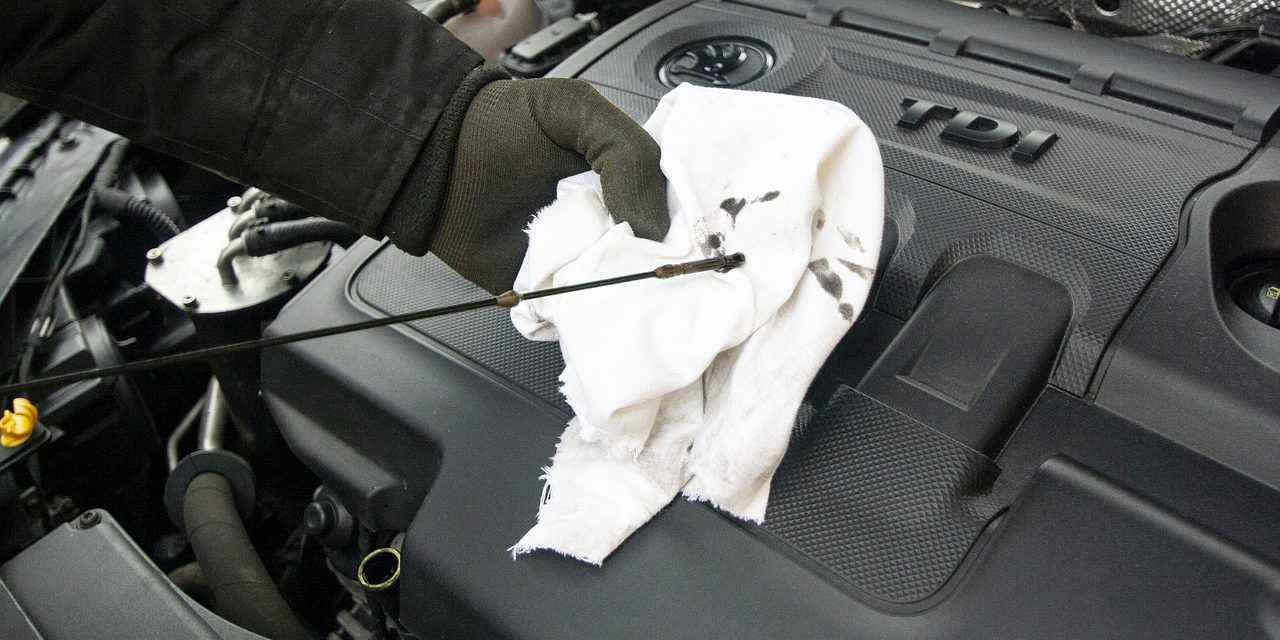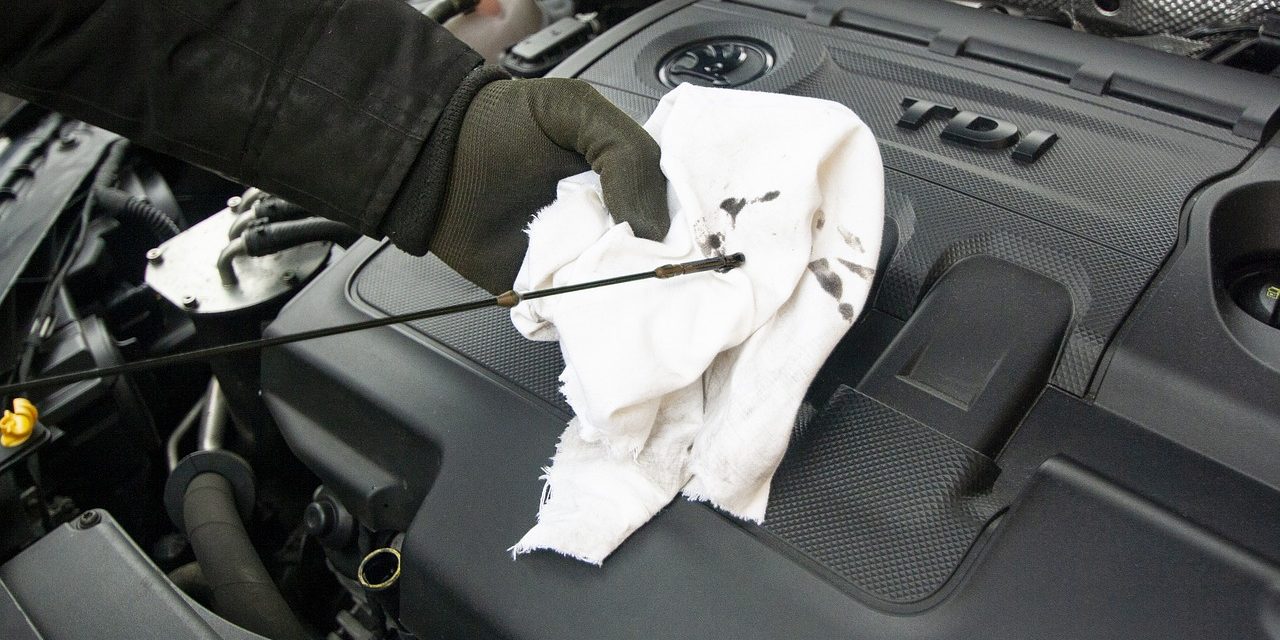Checking Car Oil Level: A Step-by-Step Guide


When did you last check your car’s oil level? If you don’t check often, you could be missing a lot. It’s key for keeping your engine in good shape and avoiding expensive fixes.
We’re here to guide you step by step. You’ll see why checking the oil is so vital and what to do if your oil is low or dirty. So, let’s get started on becoming an engine whiz!
Why Checking Car Oil Level is Important
It’s vital to check your car’s oil level often. This ensures the engine stays well-lubricated, reducing wear and tear. By keeping the right amount of oil, your engine lasts longer and your repair bills stay low.
There’s more to checking oil than just that. It also helps spot leaks or pollution. This could mean issues with the engine or other parts. Catching these early saves you from big problems later. It’s like keeping your car healthy!
Oil is like your engine’s blood. It keeps the parts moving without too much friction. If the oil is low or dirty, the engine won’t work well. This leads to less efficient performance and damage. So, watching your oil level is crucial.
Checking oil is an easy way to feel good about your car. Make it part of your regular maintenance. This step helps your engine last longer.
Tools Needed to Check Car Oil Level
Checking your car’s oil level is easy with just a few tools. You’ll need some simple items to do the job. Here’s a list of what’s necessary:
- A lint-free rag or old fabric: Use this to clean the dipstick before testing the oil level. Make sure you pick a material that won’t leave fibers behind to avoid issues.
- Your car’s owner’s manual: The manual is key in finding the dipstick and understanding the oil level markings. Since each car is a bit different, it’s smart to check your manual for the right info.
Having these tools will make checking your oil level a breeze. Regular checks are very important. They help keep your car running well.
Step-by-Step Guide to Checking Car Oil Level
Here’s how to check your car’s oil level:
- Find a lint-free rag or old fabric to use when wiping the dipstick.
- Refer to your owner’s manual to locate the dipstick.
- Make sure the engine is just warm, then turn it off.
- Open the hood and securely prop it open.
- Find the dipstick, it often has a yellow or orange handle.
- Take out the dipstick, clean it with the rag, and put it back in.
- Take it out again to read the oil level. Look for “full” or the right oil level mark.
- If the oil seems low or dirty, add new oil or plan an oil change.
Checking your car’s oil level is easy and critical for any car owner. By using this guide, you’ll keep your vehicle running smoothly. Regular checks help catch problems early, saving your engine from harm.
What to Do If the Oil Level is Low or Dirty
If the dipstick shows low oil or it looks dirty, act fast.
- If the oil is clean, add more using a funnel.
- If it’s dirty, get it changed as soon as you can.
Keeping the right oil level and quality is key to your engine’s health. By responding to low or dirty oil, you keep your engine running well.
Ignoring low or dirty oil can damage your engine, leading to costly fixes. So, always check and maintain your oil level to stay ahead.
Tips for Regular Oil Level Checks
To make sure your engine runs well for a long time, checking your car’s oil is key. Here are some tips to remember:
- Check the oil level after every few fill-ups or at least once a month.
- Follow the manufacturer’s recommendations for oil change intervals and adjust your oil level checks accordingly.
- Keep track of how much oil you typically need to add between oil changes to detect any irregularities.
- If you notice a sudden decrease in oil level or the need for frequent oil top-ups, it may indicate a leak or other issue that requires professional attention.
Checking the oil level
Getting your car’s oil level right is easy and doesn’t need extra tools. Just follow these simple steps to keep your engine working well.
2. Next, pop the hood and find the oil dipstick. It’s usually easy to see, with a yellow or orange top and an oil can symbol.
3. Pull the dipstick out, wipe it off with a clean cloth, and put it back in.
4. Pull the dipstick out again.
5. Now, check the oil level by looking at the end of the dipstick. There will be two marks for the minimum and maximum oil levels. The oil should be between these marks.
6. If the oil’s below the minimum mark or looks dirty, add more or plan for an oil change.
Keeping oil levels in check is important for your car’s health. Follow these steps to keep your engine humming.
Benefits of Regularly Checking Car Oil Level
Checking your car’s oil level often has many benefits. It helps your engine work better and saves you money. When you keep the oil at the right level, your car uses less gas. This means you get more out of every drop of fuel. Plus, you avoid big repair bills. Here’s why you should always keep an eye on your oil level:
1. Early Detection of Engine Problems
Oil level checks let you spot engine issues early. Things like leaks or using too much oil can be found. Fixing these issues early saves you from bigger problems and repair costs. Remember, finding a problem early is the best way to stop it from getting worse.
2. Optimize Engine Performance
Good engine oil makes your engine work better. It keeps all the moving parts running smoothly. This leads to a car that performs well and is more responsive. So, checking and maintaining your oil level is key to keeping your engine in top shape.
3. Improve Fuel Efficiency
The right oil levels mean your engine runs efficiently. A well-lubricated engine uses less fuel. This means you save money every time you fill up your tank. Keeping an eye on your oil level ensures your engine works as it should.
4. Prevent Costly Repairs
Keeping your oil level right helps your engine last longer. Bad oil levels can damage your engine fast. This can lead to very expensive repairs. By checking your oil regularly, you’re protecting your car from big repair costs.
So, making sure your car’s oil level is right is very important. It helps avoid problems, makes your car run better, and saves you money on fuel. It’s part of taking good care of your car. With a simple habit of always checking your oil, you help keep your car reliable and lasting longer.
Conclusion
It’s key for every driver to check their car’s oil level regularly. It’s simple but very important. By doing this, you avoid engine damage and help your car run well.
Keeping the right amount of oil in your car stops it from wearing out too quickly. Also, checking the oil a lot can show if there are any leaks or other problems.
Make checking your oil a part of your regular routine. This helps your engine work better and cuts the chance of it breaking down.
Always check what your car’s manual says for the best advice. Keep up with looking at your oil. Doing this keeps your driving smooth and trouble-free.










